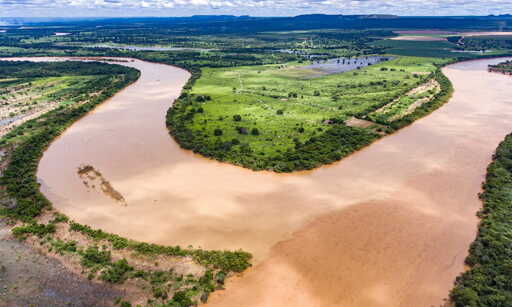Some 30 years ago, Apolo Heringer, a Brazilian public health doctor, was participating in a night fishing trip with residents of the community Raiz, in southeastern Brazil. That night, the fish were being caught with harpoons, and to ensure visibility, the fishers used a spotlight that illuminated the entire river. When the light first reflected what was underwater, Heringer saw what would define the next chapters of his career as a doctor: There were thousands of fish. “It was as if it were a joy to see all those fish in the clean river,” he tells Mongabay in a video call. “That’s what health is.” In addition to being a doctor, Heringer is also a writer and a professor. He taught at the Federal University of Minas Gerais (UFMG) School of Medicine for 33 years and, during his time at the university, conceived the Manuelzão Project, rooted in his realizations about fish and rivers — and health. Officially founded in 1997 as a university extension project of the UFMG medical course, today Manuelzão is an ongoing, multi- and interdisciplinary project, with the participation of students, professors and researchers from different fields such as biology, geography and communication. The project bases its actions on the concept of collective health and understands that, just as there are no fish without rivers, there is no human health without healthy ecosystems. “Collective health is ecology. It is the balance of ecosystems. So health is a product of an ecosystem. Medical care is not health.…This article was originally published on Mongabay
From Conservation news via this RSS feed


